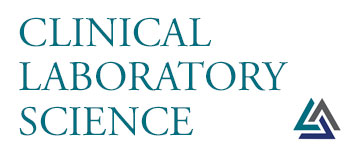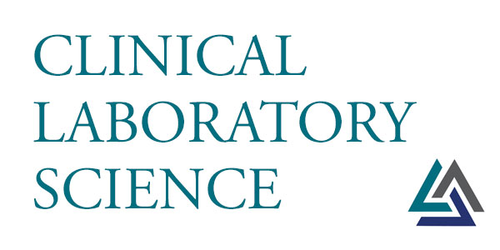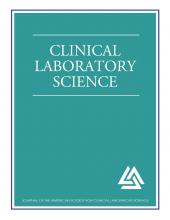This article requires a subscription to view the full text. If you have a subscription you may use the login form below to view the article. Access to this article can also be purchased.
Abstract
Objective: This review describes and discusses the different types of factors assays used in the clinical laboratory for the diagnosis, as well as during therapeutic management, of hemophilia patients. Background: After diagnosis, infusion of factor replacement concentrates is the standard of treatment for patients with hemophilia to prevent or treat bleeding episodes. Monitoring of the factor activity is necessary to assure proper treatment. Method: This review describes several assays used to assess the factor activity at the time of diagnosis and during therapeutic management. The pros and cons of each assay are discussed in detail. Conclusion: With the introduction of many new replacement products it is important the clinical laboratory understands the advantages and disadvantages of each assay with respects to each of the replacement products available.
- Received October 18, 2018.
- Revision received March 14, 2019.
- Accepted March 31, 2019.
- Published by American Society for Clinical Laboratory Science







